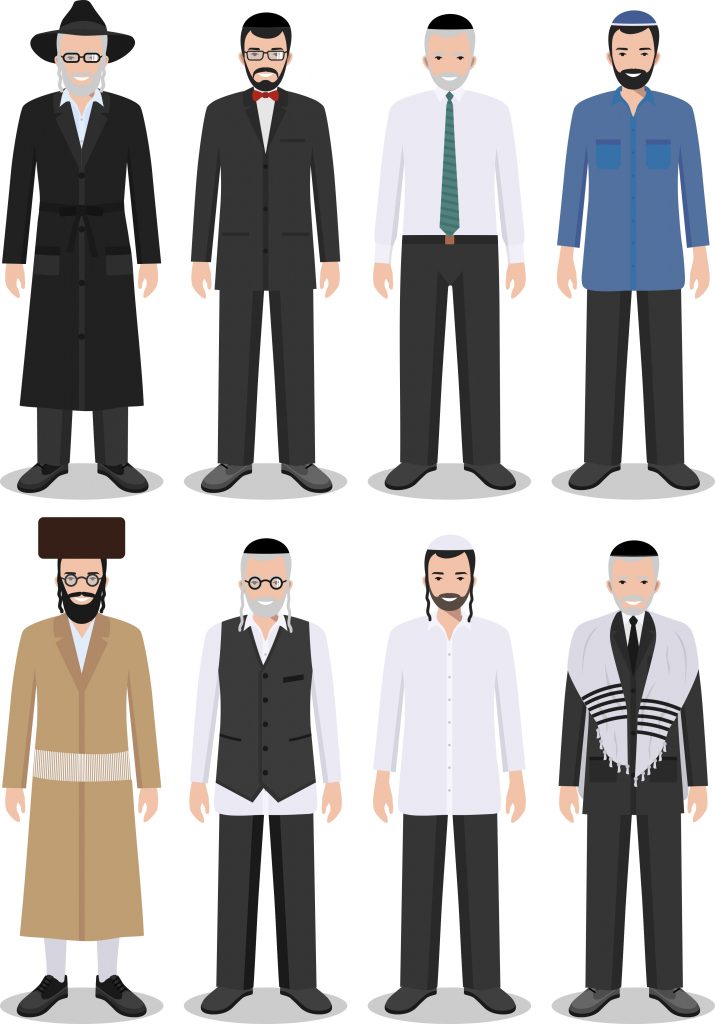THE ART OF LIVING TORAH

Click naso 2021 for download
THE ART OF LIVING TORAH
Parashat Naso
After reaccepting the Torah anew on Shavuot, we are to relearn the Torah as if G-d is speaking to us in 2021, relating it to what we are presently going through and accept the 613, with 2021 vision.
Just this week, I received an email. “Rabbi Farhi, I am so grateful for your Parasha sheets! They are so unique, for they are not just about learning Torah. They are about living Torah, a constant work in progress. So many people learn and love Torah, but don’t live it. עמלות בתורה, toiling in Torah, that one is blessed with all the blessings of the Torah for, is about building yourself, your character, living by the Torah. אם בחוקותי תלכו ואת מצוותי תשמרו ועשיתם אותם א”ר חנינא בר פפי: אמר להם, אם שמרתם את התורה, הריני מעלה עליכם כאילו עשיתם עצמכם ועשיתם אותם. If you keep the Torah, G-d considers it that you made yourself. (Vayikra 26; Vayikra R. 35;7) A person is created as a beast, וְעַ֥יִר פֶּ֗֝רֶא אָדָ֥ם יִוָּלֵֽד, (Iyob 11;12) and G-d wants building your character to be your goal. G-d wants your Torah learning to be parallel to your Torah living.”
I am so grateful when I get feedback like that! One of the fundamentals of Judaism is that G-d created Man and His world incomplete, in a way, so that man can perfect himself and G-d’s world. G-d created the world incomplete, specifically, because He wanted man to complete it, אשר ברא אלוקים לעשות. (See Rashi B.R. 11) G-d created man incomplete, uncircumcised, and He wants Man to perfect himself and circumcise himself. (Midrash T. Tazriah 8) G-d wants us to partner with Him in creating ourselves, and He begs us in His Torah, נעשה אדם, Let US create man.
The question is, always, how. How do I know what the Torah is telling me? Of course, you need a Rabbi, your personal מלאך ה’ צבא-ות, your G-d-fearing “angel,” who has no agenda or personal interest, a Rabbi who you can trust that can tell you what G-d is telling you. (See Hagigah 15b) But how do I connect when learning, myself, to what G-d is telling me in His Torah?
When G-d gave the Torah, the whole universe was silent. No donkey brayed, no cow mooed, no bird chirped. This is a condition to accept the Torah. Because the only way for one to learn Torah is to silence all F3, fears, frustrations, failures, and all other “inner voices.” G-d turned the mountain over the people, warning that if they do not accept the Torah, Har Sinai would be their grave. (Shabbat 88a) Why did G-d need to warn them in such a way, by turning the mountain over their heads, if they already said, נעשה ונשמע? Because G-d wanted no cellphone service, no phones ringing or vibrating, no access to the internet. A condition for connecting to Torah is disconnecting from everything and everyone else.
When a person can quiet everything, he can receive the Torah on a new level, on a personal level. One of the most amazing things about Torah, when Moshe “brought it down to earth,” is that everyone can learn it, connect to it, on any level. This makes Torah very different from any other wisdom. You won’t find another book that is studied both by first graders and top professors.
After Pesach, a certain first grade Rebbi, reached out to me from an out-of-town Yeshiva in U.S. “Rabbi Farhi, I just put in Geniza the Thinkingaboutme.org parasha sheets I saved from ten years ago and brought with me to America from Israel, from the time I learned in Mir Yeshiva. I am reaching out to you now: how can I be the best first grade Rebbi possible?”.
I responded, “First of all, you don’t need to save the sheets. You can go on Yoseffarhi.com, and almost everything I ever wrote is there. Second, regarding the first grade, the main thing in education is to engage, not entertain. Make sure that you bring everything you teach to life. When you teach them about G-d creating the world and using the Torah as His blueprint, teach the first graders about planning and executing, and how words can create and destroy. When you teach them the story of the Forbidden Fruit, teach them that there are things that we just don’t know or can’t have, and if we wait just a little more, we could find out what we don’t know, or have what we want. (The forbidden fruit was permitted on Shabbat, just three hours after the sin.) Teach them that no matter how much a person has, his inner inclination always tells him to crave what he does not have. (Haman’s mistake, המן העץ)
When you teach them how Adam was sent out of Gan Eden, teach them how a person is supposed to act when he goes through a punishment, hard times, when things in life go sour. Every person has, at some time in life, someone that he is jealous of, like Kayin was jealous of Hevel, G-d’s “favorite”. Teach them how to overcome jealousy of “Teacher’s pet.” Every person goes through a time when he realizes how crazy the world is becoming – a time when he is given the opportunity to save himself, by building “an ark” for his own family to protect himself and what is most dear to him. Every person leaves his “father’s home” at some point and goes on to building his independent self. Every person goes through an inner conflict of sacrificing what is most important to him for something even more important, like Avraham at the Akeda. Every person, like Yosef, has a dream that his own brothers don’t believe in, and everyone has a time that people he loved and respected most threw him into a pit. Every girl has, inside her, a queen like Queen Esther, and has times when she lives a life alone in a marriage or relationship, and alone in a beautiful palace, and needs to reach out to a Rabbi or Rebbetzin for assistance. Every girl has things she cries about, that no one else understands except for G-d, like Rachel and Chana. And every Jew can take all this and turn it into a song like David Hamelech.
Don’t judge a book by its cover, even though I once did. I saw a book called “Daven your Age”, and bought it on the spot. In his coaching course, Rabbi Geisler taught us to “Learn your Age” to reexamine and relearn everything we learned as a child. Every Shavuot, you are a year older, and G-d wants you to relearn everything you learned, age-appropriate.
A certain therapy happens when you connect your life story to the stories of the Torah and the Aggadot of the Talmud. Therapy through storytelling and relating to the stories of others has turned into a type of therapy called Bibliotherapy. As I always mention, a person does not think how he wants to think. A person thinks in line with his four S’s. Social, Structure, State of mind, and Story. If you alter someone’s story, you change the way they think. The greatest authors and orators are great, because they are great at just this. They know how to make you feel that the story they communicate relates to your life story.
In this week’s Haftara, Shimshon’s story is mentioned. Someone asked me what there is in the story of Shimshon that we can relate to in 2021?
The answer is clear. G-d wanted to show the Jewish people, forever, that He does not need an army to fight the people in Gaza. If He wants to, He can send one man, a disabled man (Shimshon was crippled in both legs, Sanhedrin 105a), to fight, singlehandedly, the people of Gaza. (ironically, Shimshon also fought the “Philistine” people in Gaza) Contrary to non-religious opinion, Shimshon was not a burly man but an extraordinarily holy and spiritual man. He was almost Mashiach! It is a story of a G-dly man who did everything he did fearlessly, with G-d’s spirit directing him.
With the IDF doing such a great job, with the Iron Dome doing such a good job, we could come to rely on them. What a mistake! G-d doesn’t need an iron dome or an IDF with good tactics to protect His People. G-d wants us to rely on Him, always, and ONLY on Him. He wants us to know that He can save us by sending us His Mashiach, a one-man show, so that everyone will know that it’s all HIM! In our shul, after Mincha last Shabbat, we all said Nishmat for the successful operations of the IDF against the terrorists in the tunnels, and G-d kept sending us miracles, all week long!
Selfie Steps to learn Torah in a relatable way.
- Set aside time to disconnect in order to connect. See what your problems are and how they relate to the problems of the great Men and Women of the Torah, on an emotional level. Study the solutions they used to solve their issues, and see how it relates to solving your problem.
- Bibliotherapy is a real thing. It is the art of telling a story in a way that can solve real issues. Try telling your kids bed-time stories of the issues they are going through and the creative solutions the hero of your made-up story used to solve “his” problems.
- Bibliotherapy is great for solving problems in a group session. It is excellent in helping people to discover how to overcome issues like perfectionism, all-or-nothing thinking, depression that comes from helplessness and hopelessness.
- When learning whatever you learn, make sure to see how it plays out in Halacha, down to the most recent-day Halachic discussions.
- Every time you have a question in Halacha, look it up “inside”, and study it from its source.
- Most importantly, learn the sefarim of Chafetz Chaim. His sefarim, more than any others, relate to our everyday situations.

